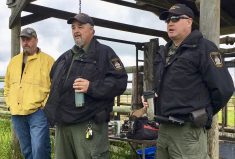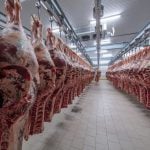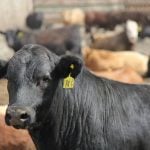This year was the first that Manitoba farmers could properly insure intercropped acres with Manitoba Agricultural Services Corporation.
MASC introduced novel crops insurance this year for, “crops not currently covered by the AgriInsurance program due to the relatively small number of acres grown and/or lack of data or information available,” a category that includes intercrops, according to the corporation.
David Van Deynze, MASC vice-president of innovation and product support, says about 2,400 acres were insured in the first program’s first year. About 75 per cent of that is intercrops.
Read Also

The sneak peek of Manitoba Ag Days 2026
Canada’s largest indoor farm show, Manitoba Ag Days, returns to Brandon’s Keystone Centre Jan. 20-22, 2026. Here’s what to expect this year.
“We ended up with not that many producers taking advantage of it,” he said. “A number of them had selected it early on through our March selection process, but some of those folks didn’t actually follow through and seed a novel crop or an intercrop.”
The program does not ask farmers to insure a specific crop under the insurance, but rather asks them to select a dollar value for which they want to insure a field. MASC previously argued that insuring intercrops would include confusion over which crop was dominant for insurance purposes. MASC also argued that insurable failures might be hard to weed out from management errors, given the relatively untested nature of the method.
Van Deynze says novel crop acres themselves will not be appraised for damage under the program. Instead, adjusters will evaluate a claim based on the surrounding fields.
“We look at whether they had any claims on their traditional crops, like the wheat, canola, whatever that they’re seeding around these things and if they have a claim on those crops, then they are eligible for some money as well through the novel crop program,” he said. “We make the assumption that if their traditional crops have suffered a loss, that their novel crops probably would have as well.”
That model means MASC is “not overly concerned,” with the viability of a given combination, Van Deynze said, although they are still collecting information on the specific species planted to each field.
“The reason we want to know is because if it turns out that, say, canola and peas, for example, become a very important part of a lot of producers’ cropping plans, then maybe we need to spend some time to develop a specific plan for that particular intercrop,” he said.
Van Deynze said the corporation would like to see the program run for several years before implementing any major changes.















